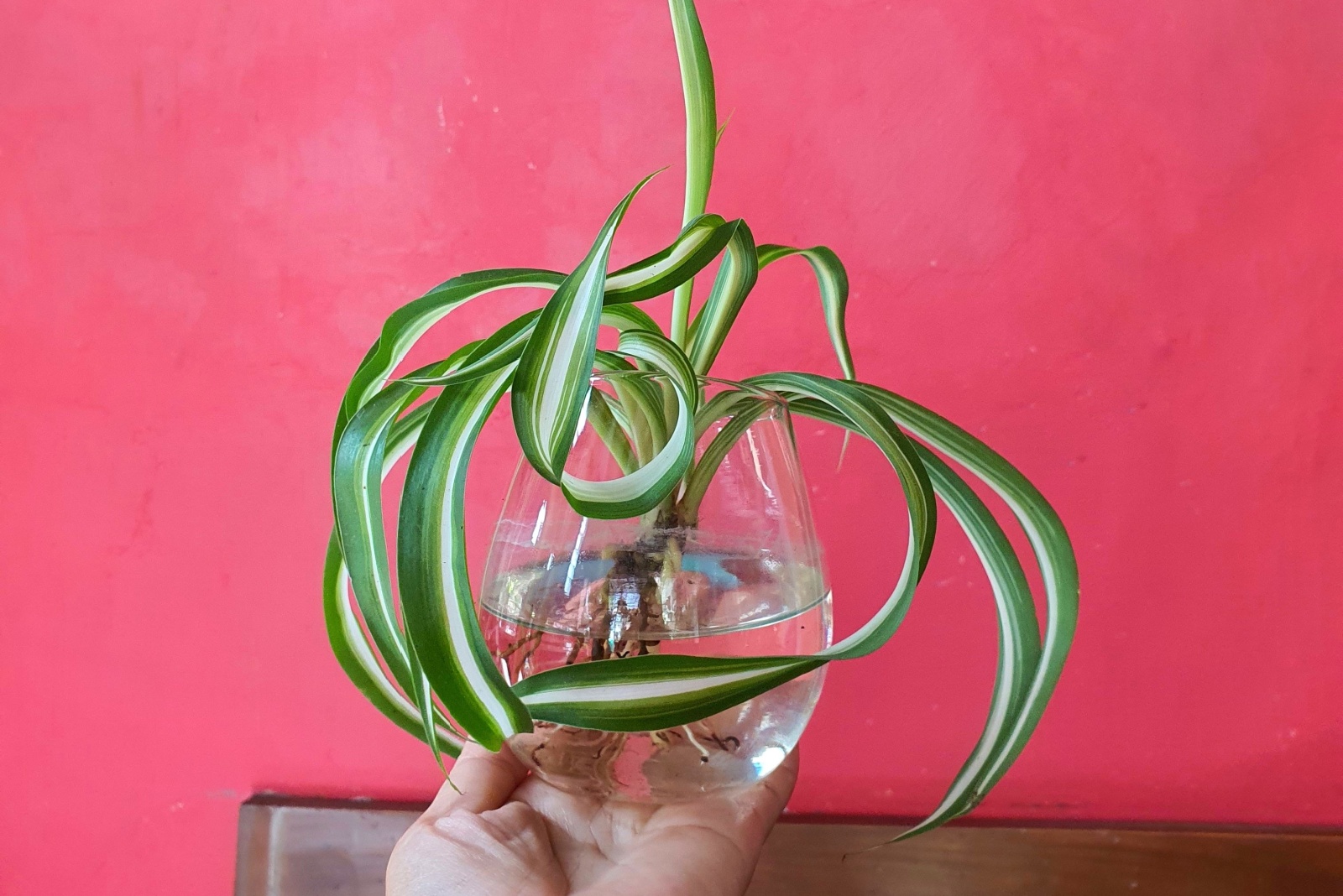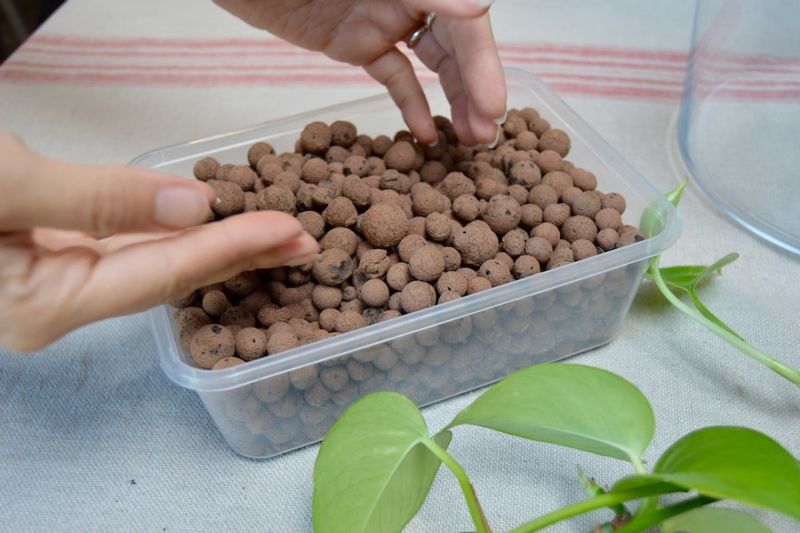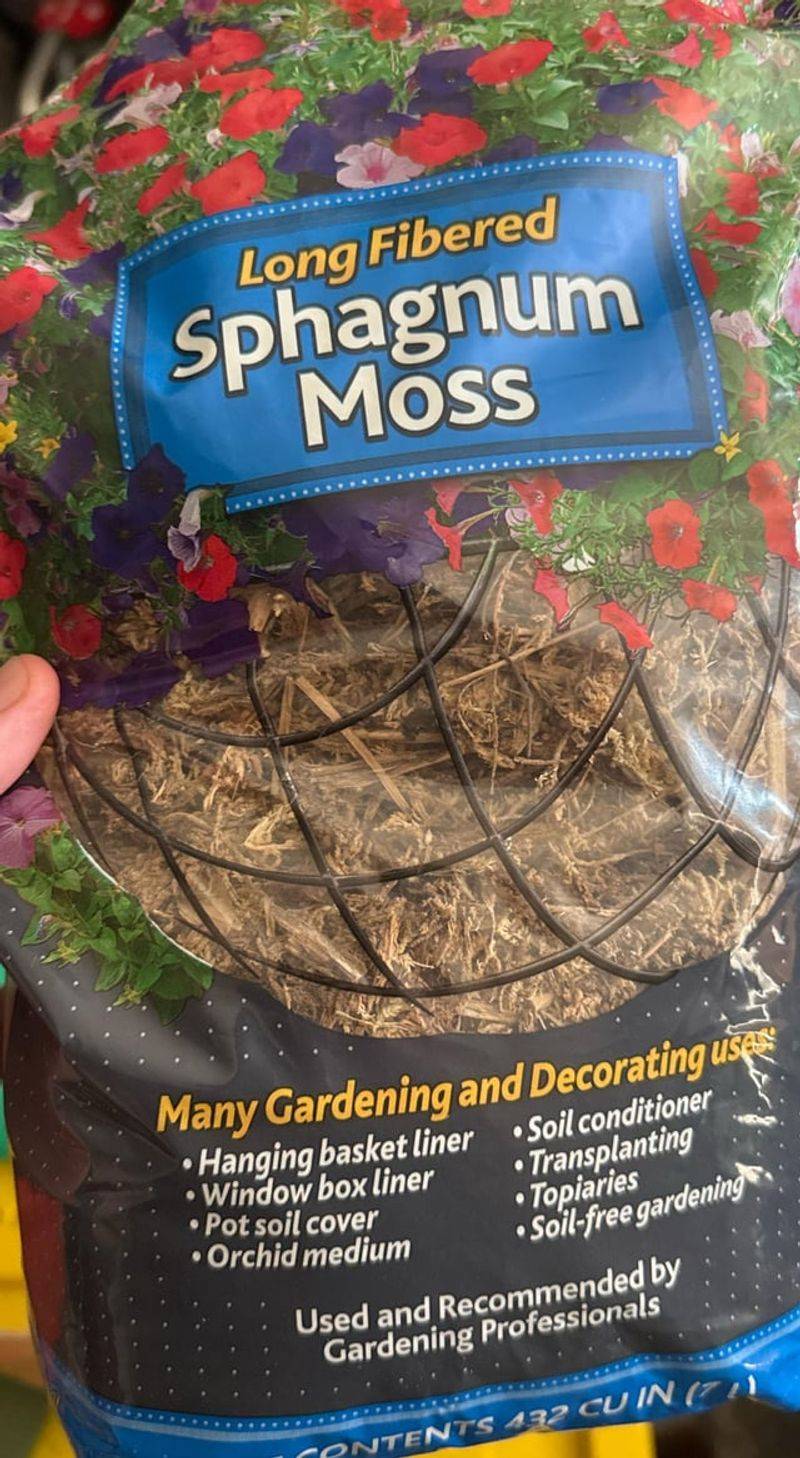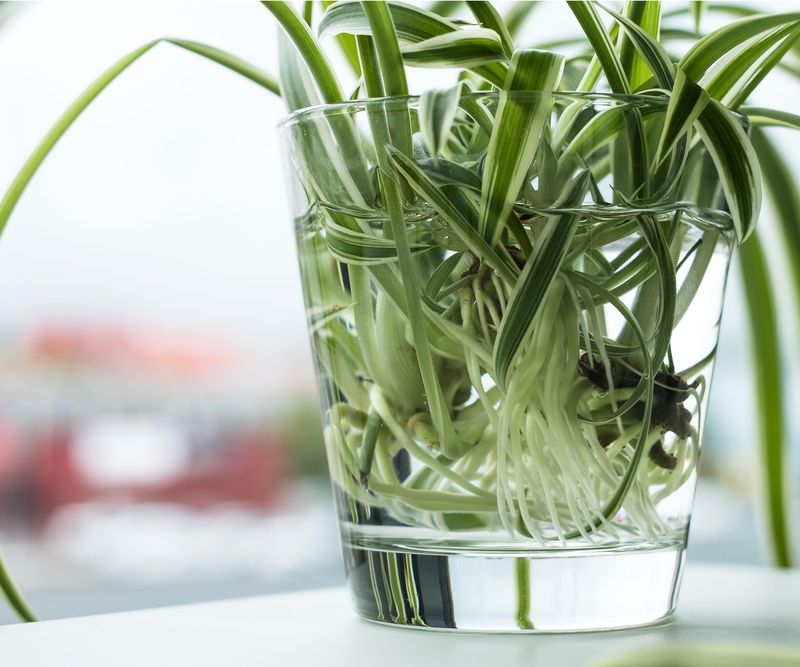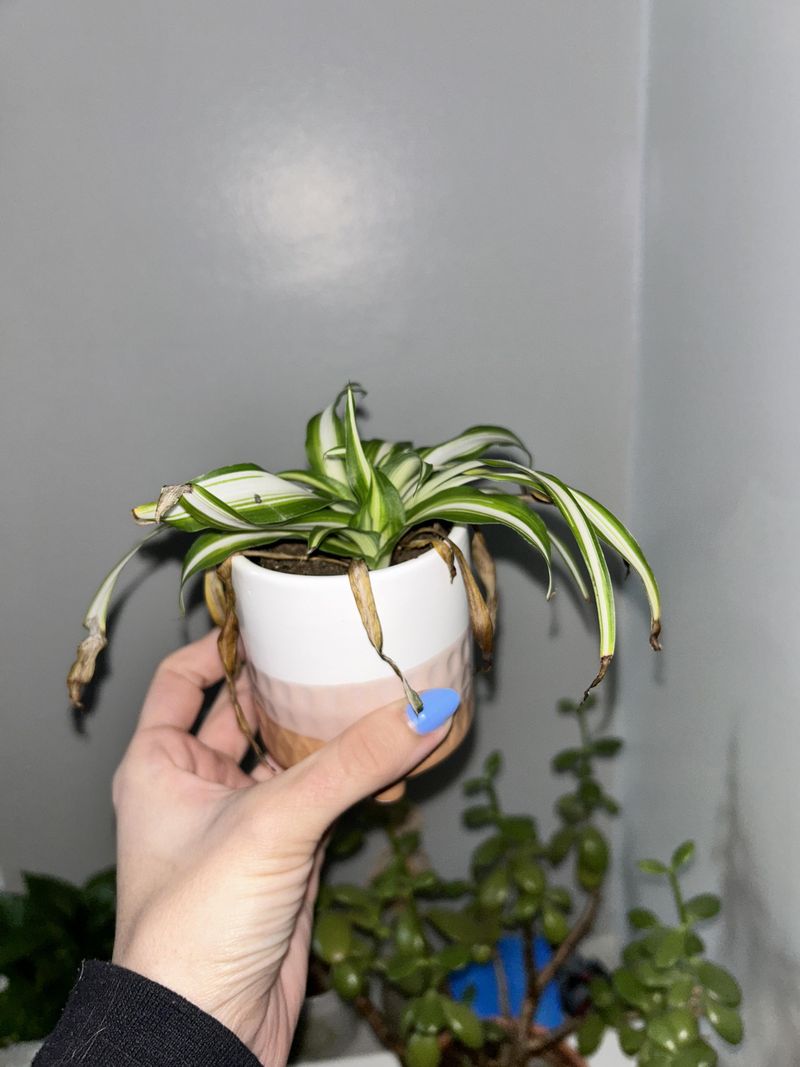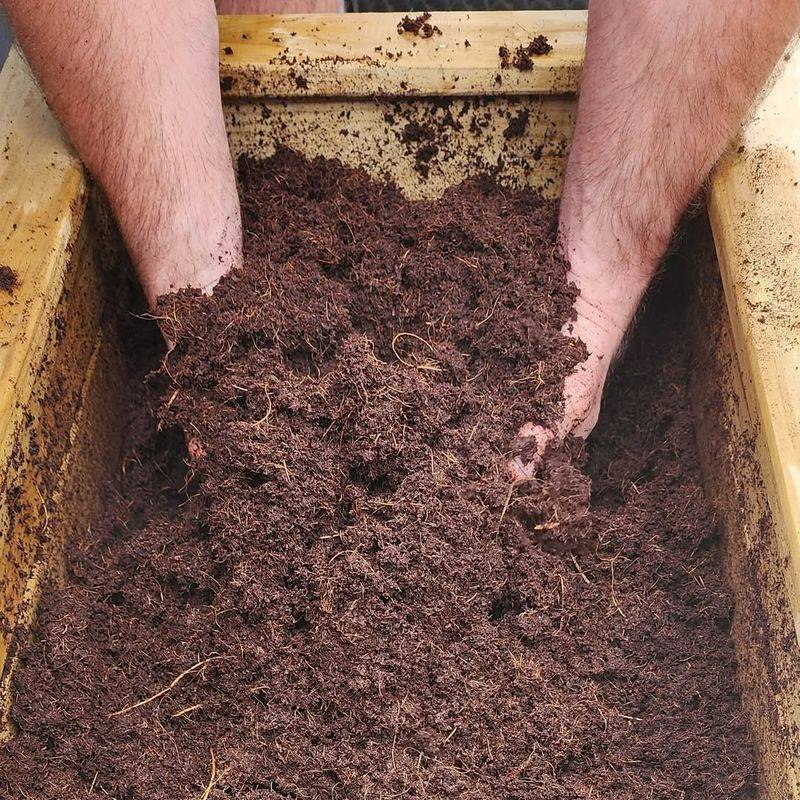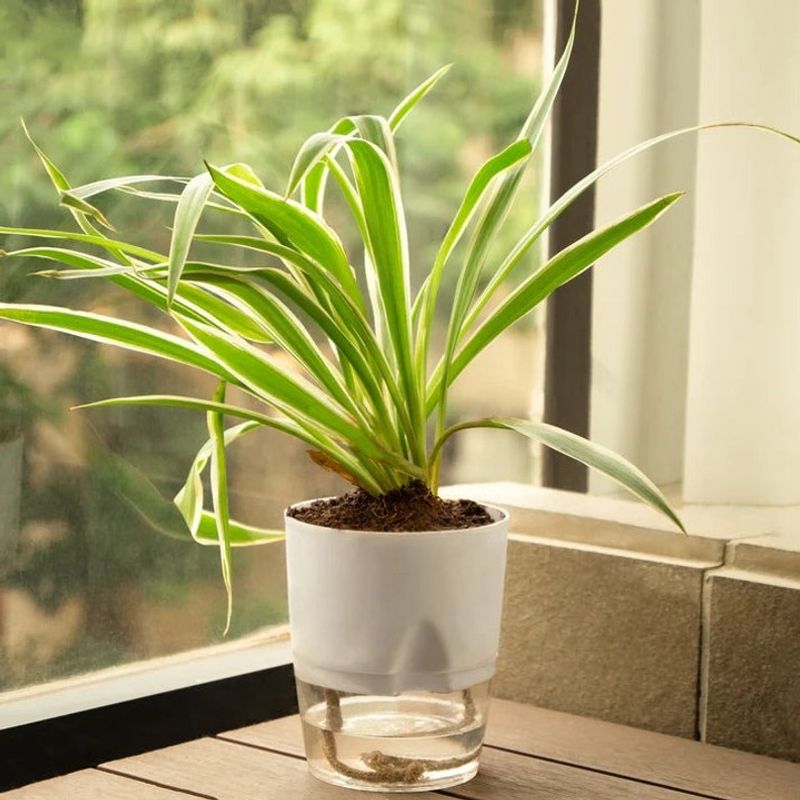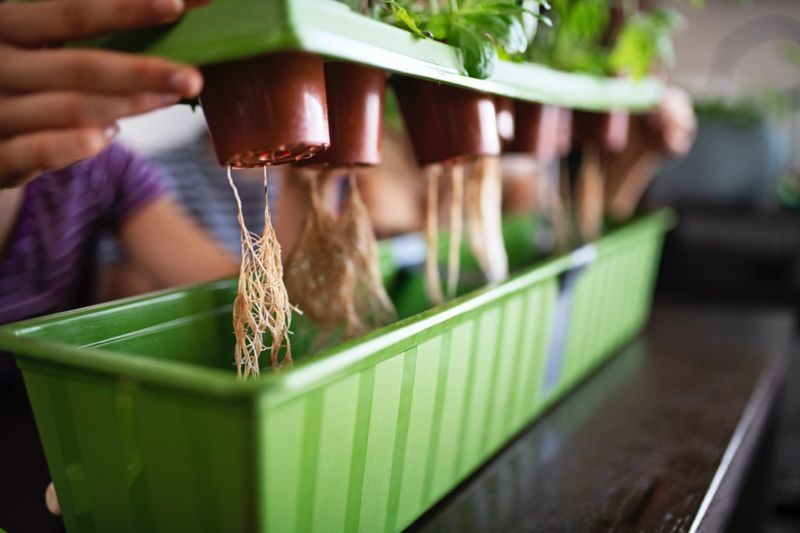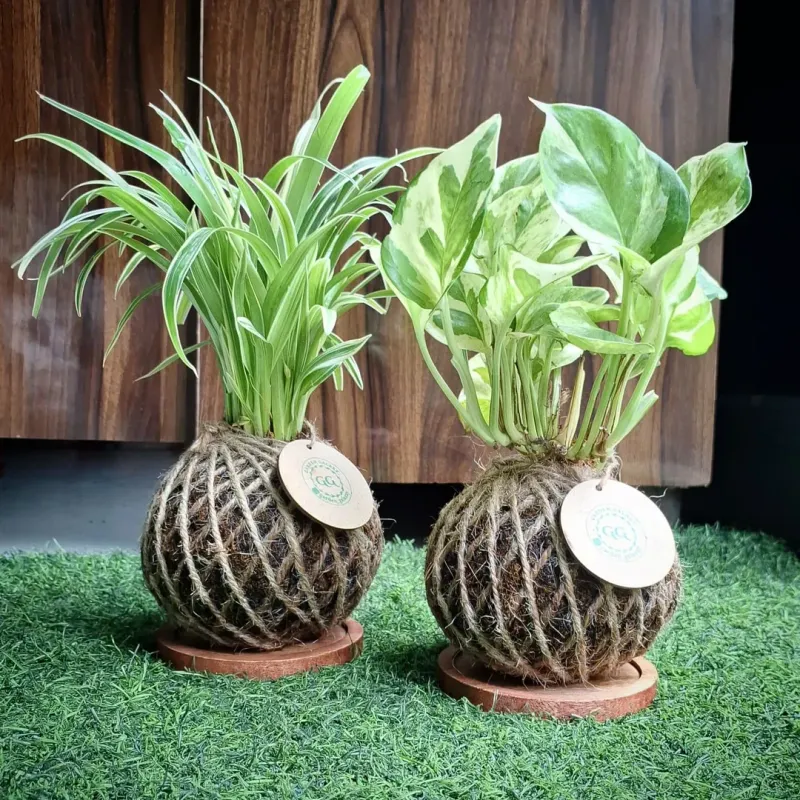Living in New York doesn’t mean giving up on indoor gardening, especially when it comes to spider plants. These air-purifying wonders can thrive without traditional soil, making them perfect for apartment living where space and mess are concerns.
Whether you’re dealing with limited sunlight in a Manhattan high-rise or humidity issues in a Brooklyn brownstone, these nine soil-free methods will help your spider plants flourish while keeping your New York home clean and green.
1. Water Propagation In Clear Containers
Simply snip a baby spider plant (plantlet) from the mother plant and place it in a clear glass container with water. Make sure the roots are submerged while keeping the leaves above water level. Change the water weekly to prevent algae growth.
In my Manhattan apartment, I’ve found north-facing windows provide just enough light without scorching the developing roots. You’ll see new growth within 2-3 weeks, a rewarding sight during those long New York winters!
2. LECA Pebbles For Hassle-Free Growth
LECA (Lightweight Expanded Clay Aggregate) creates an excellent growing medium for spider plants. These little clay balls hold moisture while allowing air to reach the roots. Fill a container with LECA, position your plant, and add water to about 1/3 of the height.
During dry New York winters when heating systems zap humidity, LECA maintains consistent moisture levels without the fungus gnats that often plague soil. The terracotta-colored pebbles also complement modern apartment aesthetics nicely.
3. Sphagnum Moss Method For Humidity Lovers
Soak sphagnum moss in water, squeeze out excess, then wrap it around spider plant roots before placing in a decorative container. The moss retains moisture while providing excellent aeration that spider plants love.
I discovered this works wonderfully in my Queens apartment where radiator heat makes the air incredibly dry. Mist the moss every few days to maintain humidity. The natural look of moss adds a forest-like element to urban living spaces without the mess of soil.
4. Semi-Hydroponic Setup With Nutrient Solution
Create a simple hydroponic system using a container with drainage holes suspended over a reservoir of water mixed with hydroponic nutrients. The roots grow down through the holes to reach the nutrient solution below.
Last winter, this setup saved my spider plants when I left my Brooklyn apartment for two weeks. The reservoir approach means less frequent watering—perfect for busy New Yorkers. Just remember to dilute hydroponic nutrients to half-strength for spider plants to prevent fertilizer burn.
5. Pebble Tray Method For Extra Humidity
Fill a shallow tray with decorative pebbles, add water just below the tops of the stones, then place your spider plant (in its own container) on top. As the water evaporates, it creates a humidity zone around your plant.
The pebble tray technique saved my spider plants during a brutal New York summer heatwave. The microclimate it creates mimics the natural humidity these plants enjoy without making your apartment feel like a tropical rainforest. Choose colored glass pebbles for an artistic touch to your indoor garden.
6. Coconut Coir As A Soil Alternative
Coconut coir, made from coconut husks, offers an excellent soil-free medium that’s lightweight and clean. Hydrate the compressed brick in water until it expands, then plant your spider plant directly in it.
After trying numerous methods in my cramped East Village apartment, coir became my favorite for its mess-free nature. Unlike soil, it doesn’t attract insects that can become problematic in small New York living spaces. The natural fibers provide good drainage while retaining just enough moisture for healthy growth.
7. Window Suction Cup Planters For Space Savers
Attach clear suction cup planters to your window and fill with water to grow spider plantlets. These space-saving containers let you grow plants vertically without taking up precious counter space—a must for tiny New York apartments.
The south-facing windows in my Upper West Side apartment became a garden wall using this method. Watching roots develop through clear plastic adds a fascinating visual element to your home. For stability, make sure to clean the glass thoroughly before attaching the suction cups.
8. Coffee Filter Hydroponics For Beginners
Fold a coffee filter into a small cup shape, place it in a jar opening, and set your spider plant on top with roots touching water below. The filter prevents the plant from falling in while allowing roots to access water.
During my first year in a budget Astoria apartment, this method cost practically nothing yet yielded impressive results. Coffee filters work surprisingly well because they wick moisture up to the plant. You’ll need to add water every few days as spider plants are surprisingly thirsty when actively growing.
9. Kokedama String Gardens For Artistic Display
Create a Japanese-inspired kokedama by wrapping spider plant roots in moss, then binding with string to form a ball. Soak the moss ball in water once or twice weekly, allowing it to drain before hanging.
The vertical element of hanging kokedama transformed my narrow Harlem apartment hallway into a green sanctuary. The technique perfectly suits New York’s space constraints while adding artistic flair. When guests visit, these floating green spheres always become conversation starters about urban gardening possibilities.

